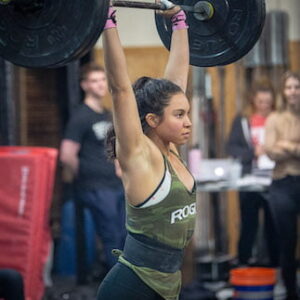As a coach, the last thing you want to be dealing with is a barrage of text messages from clients in different timezones asking contextless questions about workouts you don’t quite remember off hand.
One of the toughest things to learn when starting with remote coaching is how to communicate with clients. When coaching in person, you can handle with things reactively as they arise. However, when working with clients remotely, you need a system — both to better serve your athletes and to preserve your sanity.
In the final part of this series on remote coaching, we talk about our system for communicating with our athletes. We discuss the different tools we use, how we organize different “types” of communication, and how to give athletes feedback on their communication habits. Listen to find out more about communication — and to hear about why Luke did a 35-minute AMRAP of just chest-to-bar pull-ups after a communication mishap.
Listen Here:
- If you’re enjoying the show, why not leave a review? It makes a difference in terms of other people finding the show.
Show Notes:
- [1:30] Buckets of communication – results, questions, check-ins
- [3:00] How Todd communicates with clients
- [8:30] Luke’s 35 minute AMRAP of Chest-to-bars
- [10:00] Coaches do make typos…it happens
- [13:00] How Luke communicates with clients
- [15:00] Using screenshare video reviews
- [17:15] Getting more out of check-ins
- [20:00] Coaching clients to communicate
- [22:30] Creating different tiers for check-ins
- [23:30] How Jon communicates with clients






